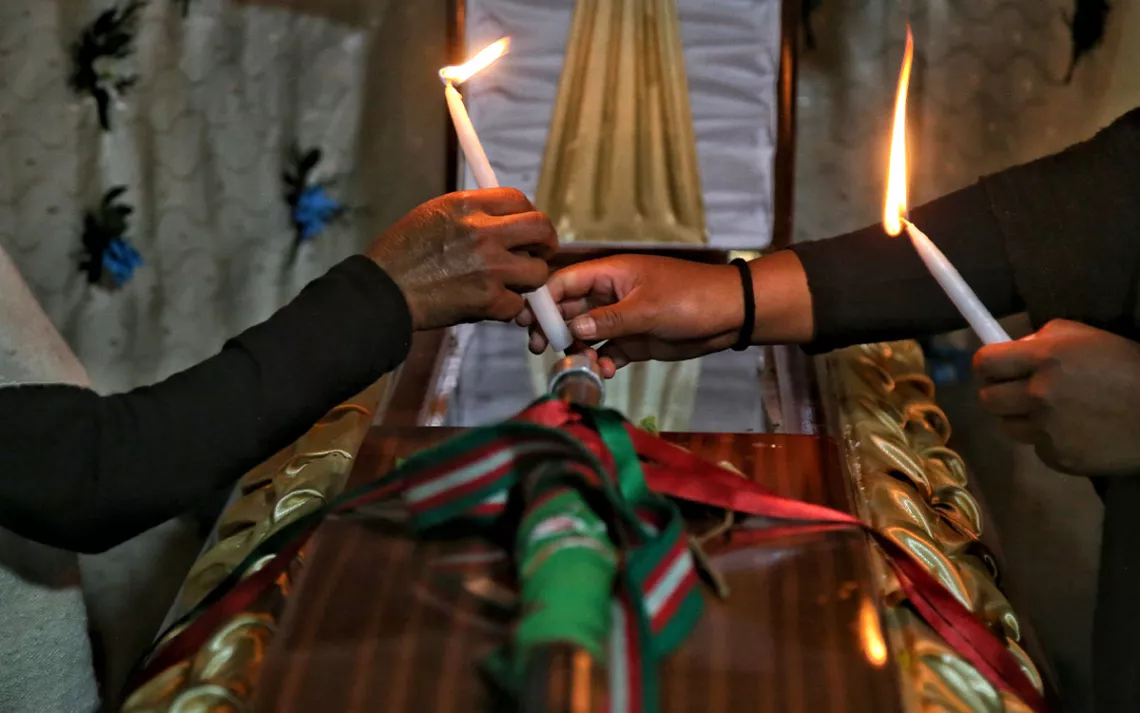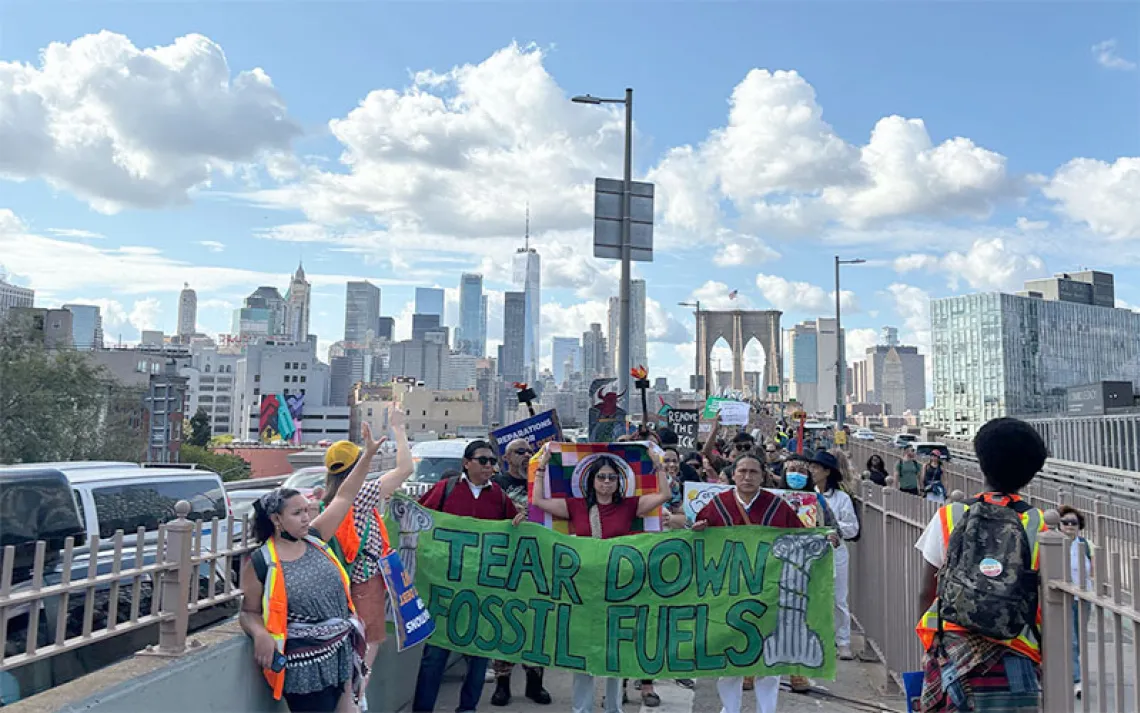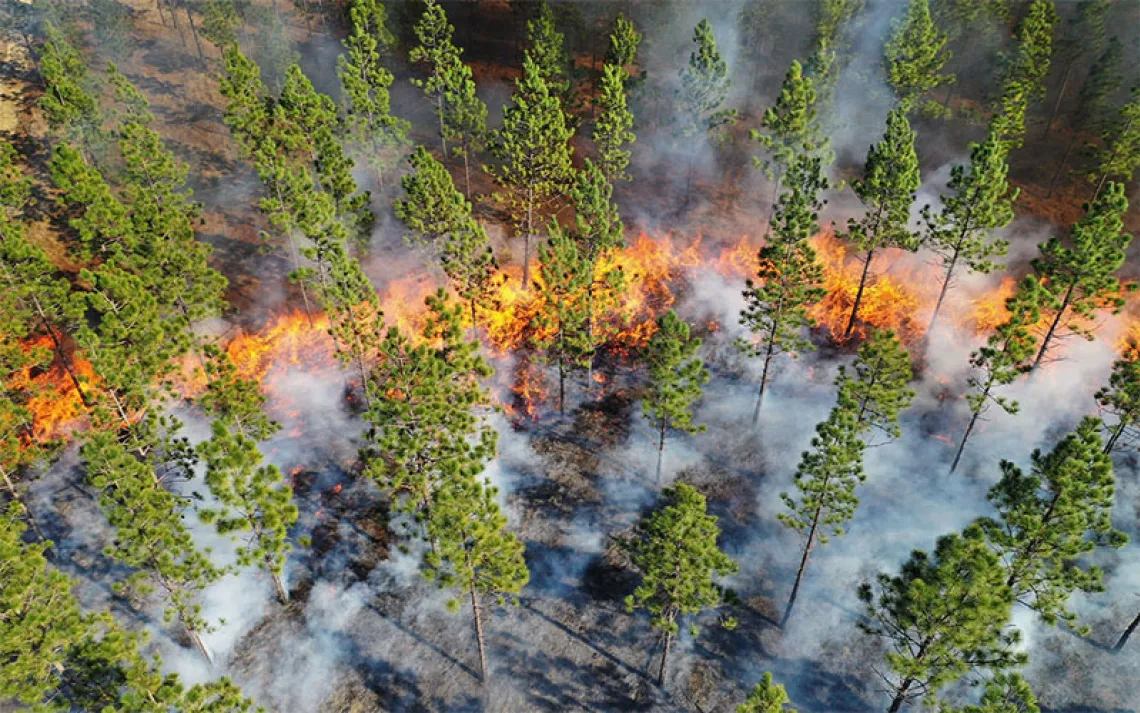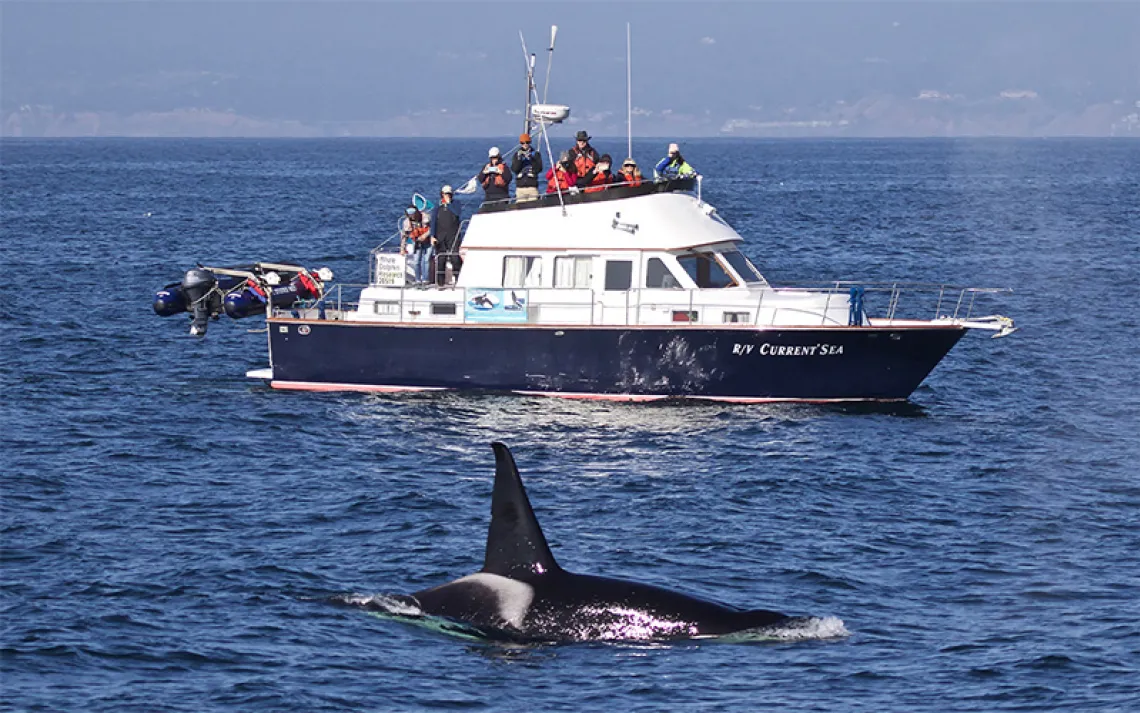Colombia Is the Most Dangerous Country for Environmental Defenders
Latin America remains the most hostile region for activists worldwide

Mourners light candles over the coffin with the remains of Indigenous leader Wilson Bomba in Caldono, Colombia's southern Cauca state, in March 2023. Bomba was killed by gunmen. | Photo by Andres Quintero/AP
One day in 1995, the Spanish human rights investigator Carlos Beristain went to visit a refugee camp in Colombia. The decades-long war between the government and the Revolutionary Armed Forces of Colombia (FARC) was at a high point, creating new territories of internally displaced peoples across the country.
There in the camp, in the midst of the war, Beristain and the Colombian Jesuit priest Javier Giraldo approached one woman’s small lean-to and noticed an image of the Virgin Mary. Giraldo asked her what she prays for when she speaks to Mary. “Well,” the woman said, “what I pray for is that if we’re forced to move again, wherever we end up, that there’s nothing under our feet. Because we’ve been forced to move twice now and there have been things under our feet each time. First it was gold, then it was emeralds.”
“Under their feet,” Beristain, a Spanish physician and doctor of psychology who has served on truth commissions in Guatemala, Peru, Paraguay, Ecuador, and, most recently, Colombia, repeated after recounting this story. “The forced internal displacements back then had to do with the armed conflict, but also with what was underground.”
Nearly 30 years later, little has changed.
According to the international nongovernmental organization Global Witness, Colombia is “the world’s deadliest country for land and environmental defenders.” The organization’s 2024 annual report, Missing Voices: The Violent Erasure of Land and Environmental Defenders, counts 79 murdered defenders in Colombia in 2023, 40 percent of all reported cases worldwide. This devastating news comes as Colombia is poised to host the upcoming United Nations Convention on Biological Diversity in Cali.
The majority of the killings took place in the Colombian southwest, where coca growing and drug trafficking are rampant, with organized crime groups suspected of carrying out half the defender murders in the country in 2023. Investigators were only able “to establish links between attacks on Colombian defenders and the industries sparking community activism in a handful of cases: five related to mining, three to fishing, one to logging, and one to hydropower.”
As in previous years, Global Witness reports that Latin America remains the most dangerous region for environmental and territorial defenders: “166 of the 196 murders in 2023 happened in Latin America.” In a January 2017 report, Honduras: The Deadliest Place to Defend the Planet, Global Witness documented 123 murders of defenders between the 2009 coup and the end of 2016. By 2023, while Mexico and Honduras remained perilous—18 activists were killed in each country last year—nowhere did defenders face such violence and impunity as in Colombia.
Colombia is no longer officially at war. On November 24, 2016, the government and the FARC signed a peace agreement, which was ratified by both houses of congress a few days later. How did peace lead to greater violence?
“When the peace accords were happening, we weren’t excited,” said Manuel Rozental, a Colombian physician. We spoke via Zoom along with his partner, Vilma Almendra, a Nasa Indigenous territorial defender. They work together with Pueblos en Camino (People in Movement) in Cauca, Colombia’s most violent state. “We weren’t excited because they weren’t peace accords; they were negotiations between two armed groups. And they weren’t negotiating peace, but rather the extension of the war via other means for control of territories and resources.”
“I think now we can conclude that it wasn’t a peace agreement at all; it was a war agreement,” Almendra added. “Why? Because the economic model that caused the war was itself protected. They even said at the beginning of the peace process that they wouldn’t touch the economic model.”
Land—access to it, control over it, those who want to protect it, and those who want to extract and market what’s beneath it—was largely at the root of Colombia’s internal war. The official peace has so far only recast those land conflicts, both fragmenting the various armed groups and increasing the violence against environmental defenders. “At the beginning, you did see a reduction of violence when the peace accord was signed,” said Javier Garate, Global Witness’s policy adviser for the environmental defenders’ campaign. Garate told me that after the administration of Juan Manuel Santos, who promoted and oversaw the peace accords while president, his successor, Iván Duque, did everything he could to subvert the agreement.
“The peace accord includes many different chapters. One is on rural reform. So that would go into the root causes of this conflict: who has access to, who controls the land. And [Duque] didn't implement that,” Garate said. “The peace accord included a coca crop substitution project. And that program was defunded. So communities that wanted to sign up to this program, move away from coca, and plant other crops didn't have the incentives and the support necessary. So a lot of the root causes and the drivers like the coca business remained the same.”
According to Almendra, in Cauca, the growers who uprooted their coca plants as part of the peace accords either never received the promised government subsidies to fund growing new crops or those subsidies were cut off after three or four months. “All the people who tore up their coca plants were left empty-handed,” she said. “So then they planted twice the amount of coca they had torn up. Drug trafficking grew like a cancer, and the police and army that had territorial control since the FARC disbanded didn’t do anything.”
“There are places in the Cauca, where when you drive down the highway at night, you can see the lights of the coca growers,” Beristain said. “Everyone can see them. They’re not hidden.”
The Inter-American Commission on Human Rights released a report in March 2024 singling out coca as the main cause behind the increase in violence against human rights and environmental defenders. “The coca business is driving a lot of these attacks” against defenders, said Garate. “And there's a lot of illegal gold mining, and these illegal mines are controlled by the groups, especially paramilitary groups. And so there's a direct link there. And to access those lands, they inflict violence in the communities.”
Almendra agreed. “It’s all intertwined, because the armed drug gangs that control the coca crops and have the big laboratories also have the money to buy the machinery needed to mine for gold, and to pay off the local authorities, the police, and the army. The money they make on cocaine and marijuana, they invest in illegal gold mining and then sell the gold legally.”
There has been a proliferation of competing armed groups since the signing of the peace accords with the FARC. According to Rozental and Almendra, there are now at least 18 different armed groups operating in the northern Cauca, where before the FARC was in control. Beneath their feet: coca roots and gold dust. After a 64-year-long internal war and now eight years of official peace, rural, Indigenous, and Afrodescendent communities in Colombia struggling to defend the environment and their ancestral territories are still in the crosshairs of all the armies fighting for control of territory and what can be extracted from it.
 The Magazine of The Sierra Club
The Magazine of The Sierra Club



